Different Kinds of Plungers, and How to Choose the Right One
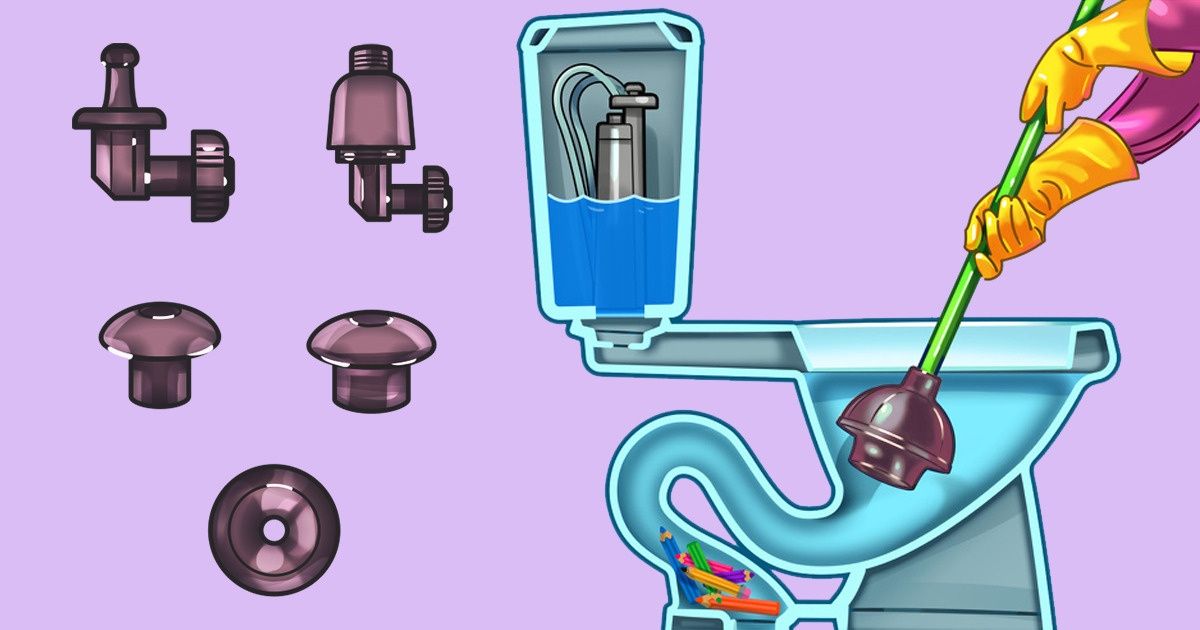
There are many kinds of plungers out there, and in order not to make a mistake, you need to consider a lot of details. Choosing the right tool will make it so much easier to use.
We at 5-Minute Crafts have prepared a short overview of different kinds of plungers.
What we need plungers for
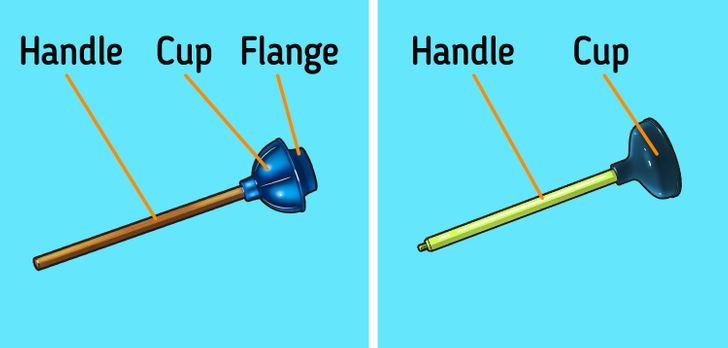
A plunger is a tool used to clean the sewage system. The cheapest ones have a somewhat long handle with a rubber cup.
- Handle: This is the part you are holding in your hand. It’s made of wood, plastic, or metal. It should be held straight in the same line as the sewage.
- Cup: This is the part that goes directly over the sewage. It’s like a rubber ball cut in half. Its goal is to make sure the water can go up and down effectively. This fluid motion up and down clears the sewage.
- Flange: This is the rubber or plastic part that folds and unfolds like an accordion. It gives additional pressure. But it should only be used for toilets.
When choosing a plunger, you should consider which drainage you are going to use it for, whether it be the toilet, kitchen/bathroom sink, bathtub, shower, or something else.
Kinds of plungers
1. Standard plunger
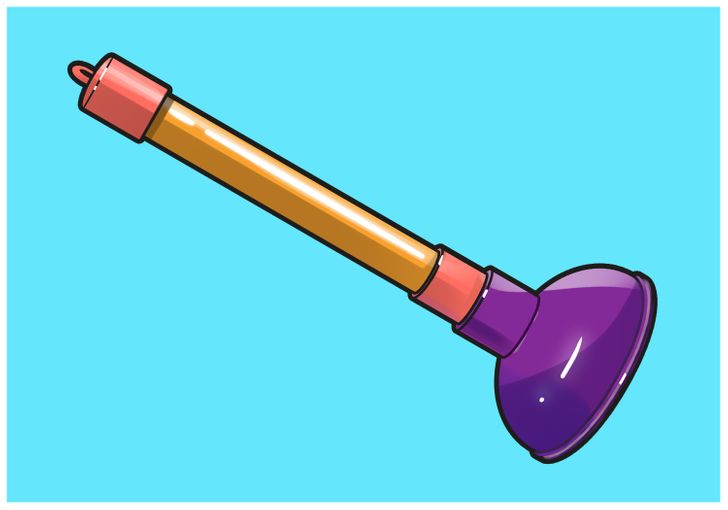
2. Beehive plunger
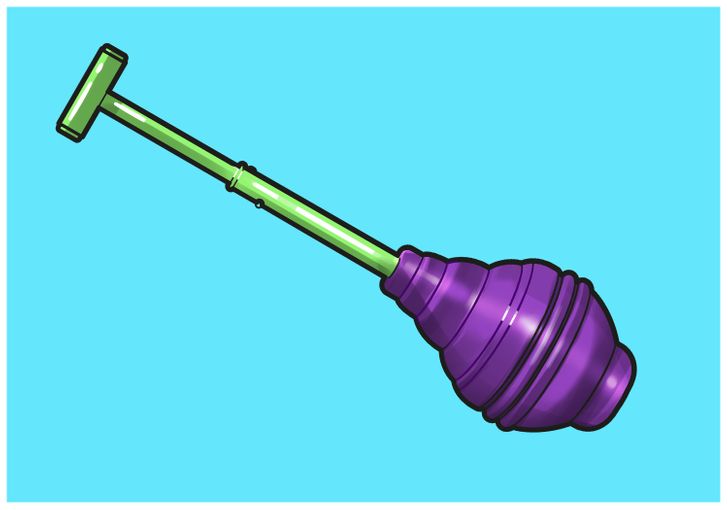
It’s like the kind of beehive you see in cartoons. It’s wide in the middle and narrow at the ends. This is great for toilets of all shapes.
- Use for any toilet.
3. Bellows-style plunger
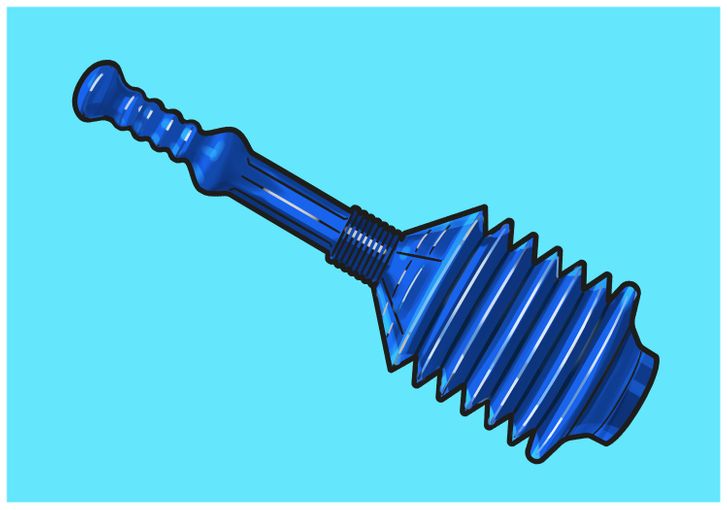
The cup makes it more effective. Thanks to the shape, you get more vacuum suction and more moving water. It can get rid of the worst clogs. But the wrinkles get really dirty and they are hard to clean. Also, such plungers are usually made of plastic that can scratch the surface of the toilet.
- Use for toilets and sinks.
4. Plunger with a flange
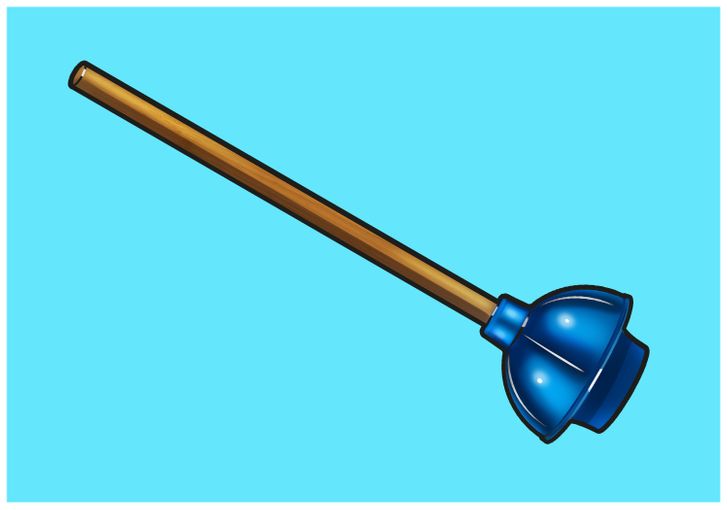
This plunger looks like a standard one but it has a flange on it. It creates more vacuum suction than a regular one.
- Use for toilets and sinks.
Automatic plunger
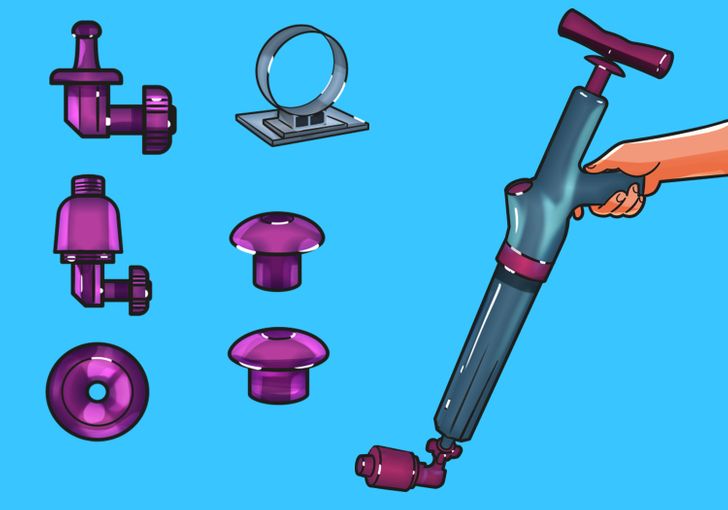
How to use a plunger correctly
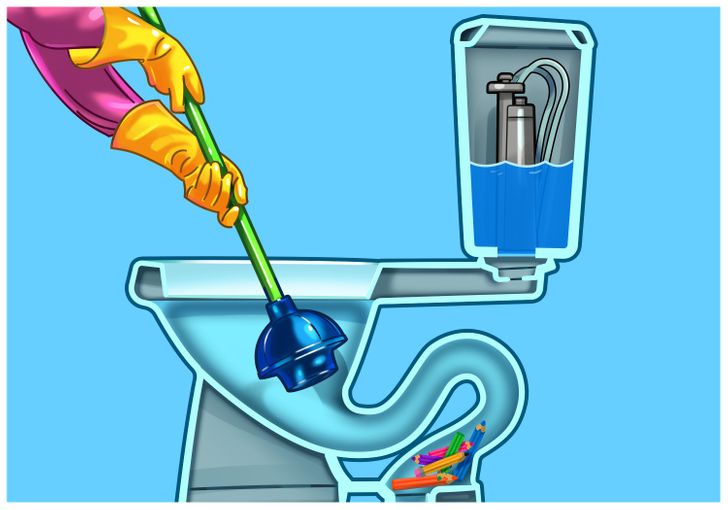
Depending on the model, you will have special instructions. But there are general rules you should know: